Snow and cold weather have made a big impact on my fishing lately. Perhaps I’m getting older, but as I write this post, it’s 11 degrees and snowing lightly. So I’ve been at the vise tying nymphs to fill up the provider box. Here is my recommendation of a few nymphs for a well stocked fly box.
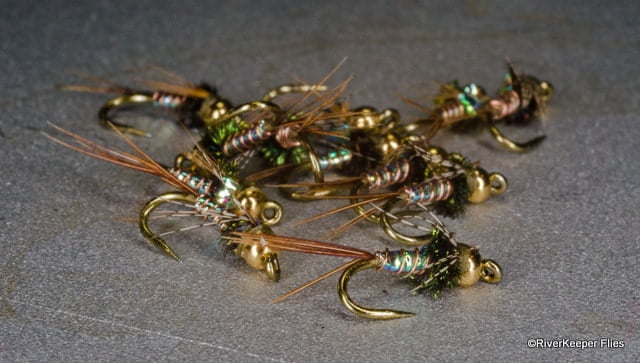
Why am I tying nymphs you might ask? My brother-in-law had asked for a few nymphs and I surprised him at Christmas with some Prince Nymphs, RiverKeeper Stonefly Nymph, and Lightning Bugs.
These are great nymphs to fish any time of year. But I tend to fish them more often when fly fishing in the winter because hatches are fewer and shorter.
How do I use them? I always use two nymphs – a heavier one to get the flies into the right zone and a smaller nymph to imitate naturals in the drift.
I’ve had opportunities to use a kick net as a way to survey the available food trout eat. Place the mesh screen downstream and use your wading boots to kick the rocks and dislodge bugs from their home. Kick nets are a terrific way to find out the food available for trout. You’d be surprised at the quantity and size of the bugs…from size 4 down to 18, 20, and much smaller. You might even find a sculpin in the net from time to time.
Stonefly nymphs are always a good choice to imitate. They have a long life-cycle (some up to four years on the stream bottom), so they are always available to the fish. Don’t be afraid to use smaller sizes of these flies to imitate their “juvenile” years. Their large size allows weight with a bead or underbody to get these flies on the bottom where fish are feeding.
Here are the larger nymphs I use in sizes 4 – 12:
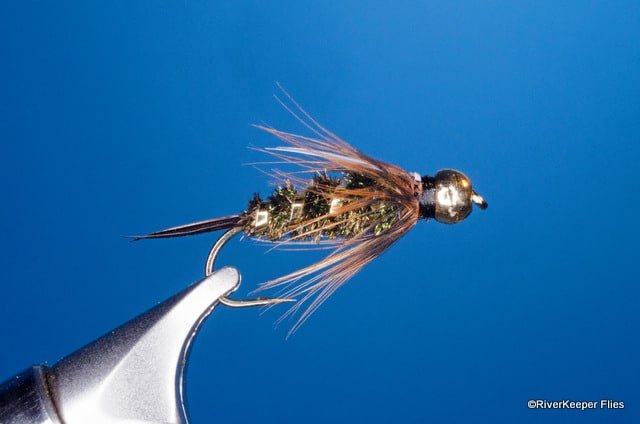
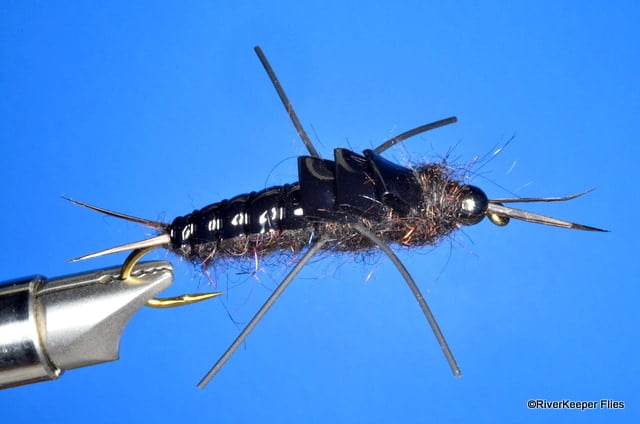
The Double Bead Peacock Stone Nymph is another good one to fish. Your fly shop should stock these flies or if you’re a fly tyer, be sure to check out the fly pattern sheet I recently added.
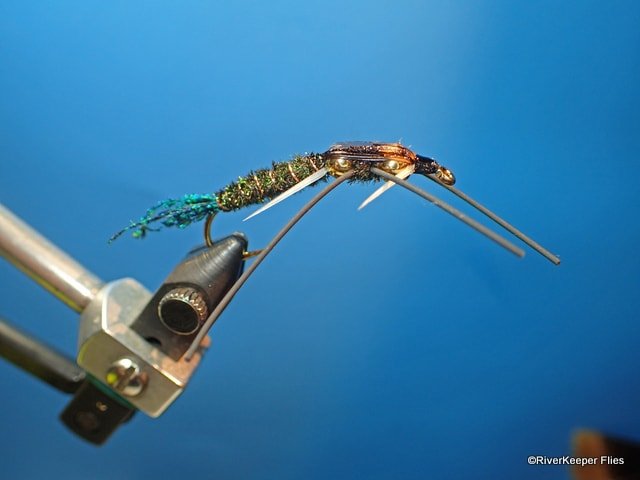
And the #16 Lightning Bug I tied:
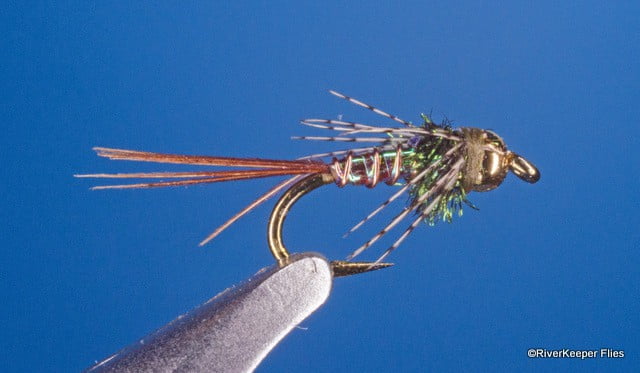
How should you fish these nymphs?
There are several methods to effectively get your small nymphs close to the bottom and into the trout’s feeding lane.
The method I use most of the time is to tie on a heavy nymph on the end of my dry leader and attach an 18″ piece of leader with an improved clinch knot to the hook bend and then add a smaller fly. The reason to use this method is I’m able to easily change the smaller fly several times to find a small nymph that works. The con is the bottom fly is lighter and there is a tendency for some slack in the line and perhaps miss a few fish.
The technique described above works well for me because I can remove my dry fly and quickly add a two-nymph rig.
Reverse the flies and the heavier nymph can bounce along the bottom while the lighter fly is higher in the water column. Just switching the flies can work, but if you’re fishing very small nymphs, it’s difficult to attach leader to the hook bend of a size 20 fly! An effective way to rig this method is to use a tippet ring at the end of your leader. Then tie your 18″ leader with the heavier nymph to the tippet ring. Lastly, use a 6 – 8″ leader tied to the tippet ring with a small nymph. This method allows very little slack and you’ll be able to feel the fish much better.
The Drop-Shot method is the last technique. I don’t use it when cutting off my dry fly to attach some nymphs. This method works well if the main fly rod is set-up to fish nymphs…period. Or if you happen to take two fly rods with you – one rod with a dry fly ready to match the hatch and the other fly rod rigged for nymph fishing.
Here’s how it works.
Start with tapered leader, perhaps a Rio Indicator leader with a short orange butt, a level tippet to allow faster sink rate, and a heavy butt to help turn over an indicator.
- Cut off 24″ of the tippet end and immediately re-attach using a double or triple surgeon’s knot. Be sure to leave at least a 6 – 8″ tag on one end. Attach a fly to the tag.
- You should have at least 20″ of tippet remaining. Tie on your other nymph and leave 6 – 8″ tag. Tie a couple of overhand knots at the bottom and attach one or two split shots. These weights bounce along the bottom.
- If you change flies a lot, perhaps add a tippet ring when cutting off the first 24″. Use the tag or tie in another 6 – 8″ section for the first fly. Then attach the 20″ tippet like mentioned in the bullet above.
Regardless of which method you use, you will be tying several knots each day when trying to find a fly the fish consistently eat!
Here is a good list of smaller nymphs to attach as the smaller bottom fly
- Pheasant Tail #16 & 18 – this fly will imitate mayfly nymphs
- Copper John #16 – this fly will imitate mayfly nymphs with a little more flash
- Hare’s Ear #14 – this fly will imitate caddis flies
- Prince Nymph #14 – this fly will imitate caddis flies
- $3 Dip #16 & 18 – this fly will imitate midges and perhaps mayfly nymphs
Be sure to check out my post What Nymphs Should I Use, Manage Two Nymph Rigs, and How to Fish Unweighted Nymphs for more insights.
Enjoy…go fish!
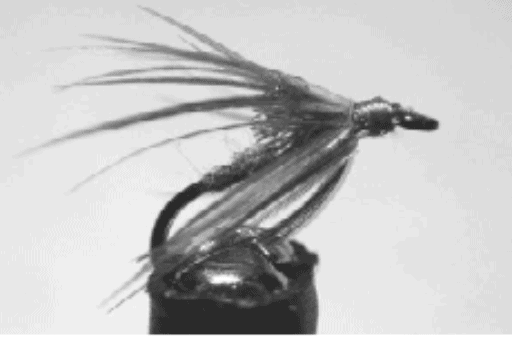





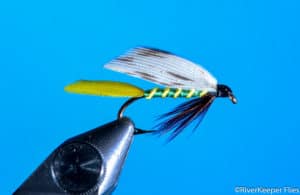
John,
Happy New Year to you and Karen.
My “Go To” most successful pattern all over the West has been the Birds Nest with and without the bead!
Mark